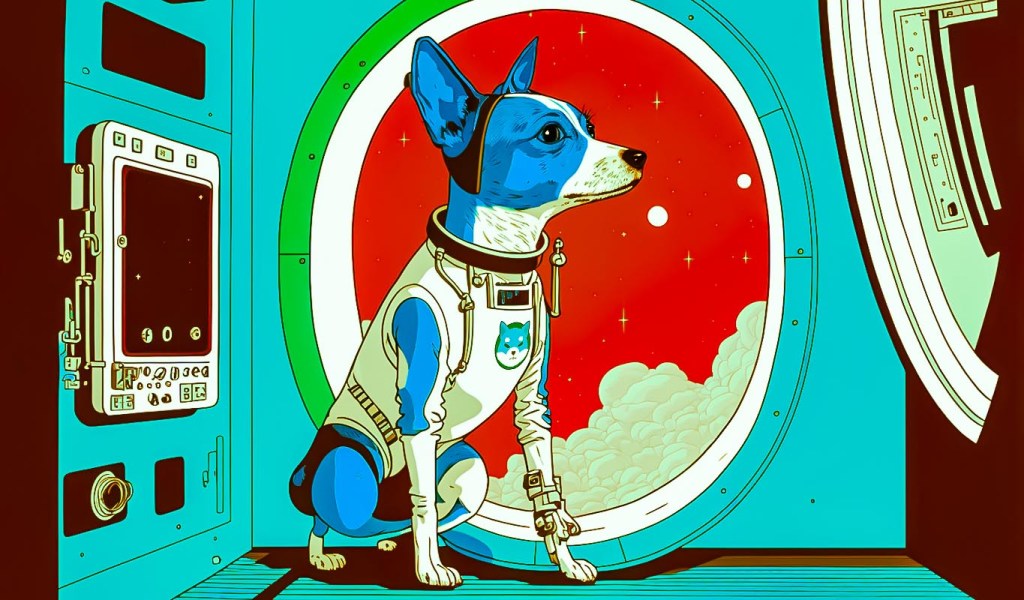
Dr. Stephen Castell commented that emerging technologies like blockchain, the metaverse and AI will usher in a new set of ethics and human species.
In recent years emerging technologies have been pervasive in many major industries around the world. Whether it’s blockchain used to help combat climate change or artificial intelligence (AI) projected to drive economic growth.
At the Metaverse Entertainment Worlds (MEWS) conference in Monaco, Cointelegraph sat down with Dr. Stephen Castell to discuss how emerging technologies are creating new ethics, changing the game for banks and more.
Castell is an expert witness in class action lawsuits in the United States and Ph.D. in mathematics, who has been recently involved in major lawsuits involving crypto giants like Voyager and Binance.

The legal expert began the talk by highlighting trust as a foundational theme in the emerging tech space. He tied trust to the recent banking crisis in the U.S. and commented that this was also a “fundamental idea of a bank” at its conception.
However, banks now “basically run on a bad business model,” he said. He pointed out that although the crypto community has visions to revolutionize the financial system through technological innovation, there needs to be regulation.
“Just because it's crypto is different, there still are laws to protect investors which govern crypto investments as much as they do any other potential investment.”
When it comes to emerging technologies like AI, Castell predicts that banks will be at the “forefront” of the adoption of such technology.
“The banks are going to try and do it for the benefit of themselves,” he said. “To be safe, to have safe money, to have good investments, not to lose, not to go bust, not to solve the conundrum of what they do on a bank run.”
Related: US vice president gathers top tech CEOs to discuss dangers of AI
Castell continued to point out that, aside from benefiting banks, the introduction of AI into humanity will cause the “ democratization and commoditization of intelligence.”
“It means that any human on the planet, maybe even some animals too, can be just as intelligent and as creative as the most intelligent and most creative person that there's ever been.”
He suggested that humans will need to be “socialized” with AI, and other emerging technologies like the metaverse, in order for it to be useful.
“It's still going to do something for us. Useful, valuable, exciting, productive. It's got to do all of those things if it's going to become generic.”
AI has had no scarcity in use cases since it skyrocketed in popularity among the general public in the recent months. Lawmakers in the United Kingdom are looking at the technology to be used as a tool for economic growth.
In the crypto space, exchanges are implementing AI-based chatbots to help educate users on everything from industry news, token prices and events.
“I really hope that all the new technologies that we're talking about actually will create new ethics for this new human species that we are.”
Castell believes that what is being seeing now in the emerging tech space is just the beginning of what he called the “cyborgization” of humans.
Magazine: How to control the AIs and incentivize the humans with crypto













